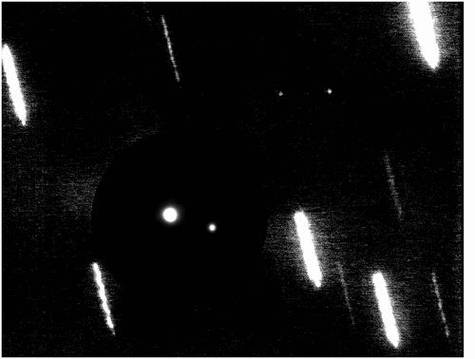In everything but the largest telescopes, Pluto appears as a tiny dot. And determining mass from so little information is incredibly hard to do.
Astronomers could only try and work out its mass by knowing how bright it was – its albedo. They could detect that it had large quantities of methane ice on its surface, and so astronomers knew that it had to be very bright. But there were sure about Pluto’s size, or even if it was larger than Mercury or Earth’s moon.
But astronomers lucked out in 1978 when James Christy discovered Pluto’s moon Charon. Once you get a system where two objects are orbiting one another, such as in the case of Pluto and Charon, you can use Newton’s formulation of Kepler’s Law to work out the mass very precisely.
Plugging in the orbital information for Pluto and its moon Charon, astronomers calculated its mass to be 1.31 x 1022 kg – less than 0.24% the mass of Earth. Followup observations were able to determine its size very accurately as 2,390 km across.You can also look through these books from Amazon.com if you want more information about Pluto.

